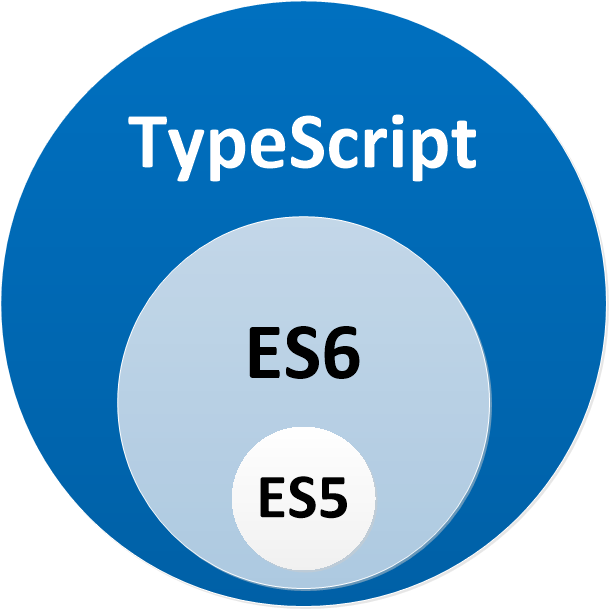Quick start project to create a Hapiness application with all its features.
Download this starter and change hapinessjs/quick-start and @hapiness/quick-start, according your module name and repository, in these files:
package.jsonREADME.md
In README.md, you need to update the documentation to explain what's your module and what it does.
Delete .travis.yml if you don't want to have travis-ci integration.
All files for your application will be in src folder and wrote in Typescript.
All tests files for your module will be in test folder and wrote in Typescript too.
- Unit tests will be in
test/unitfolder - Integration tests will be in
test/integrationfolder
All packaging files for your module will be in tools folder and wrote in Typescript too.
tsconfig.json is used for development process and tsconfig.build.json is used for build process.
In both case, add externals types from @types/{...} inside compilerOptions.types array.
tslint.json contains all rules for Typescript validation during pretest process.
yarn.lock contains fixed packages' versions for all node_modules used in your module.
Use it to install modules :
$ yarn installWe use bunyan for logger format output and installation with yarn failed so we need to use latest npm version to install all packages.
package.json contains your module definition with name, description, scripts, dependencies, etc.
To install existing or new dependencies use npm.
In scripts part, you have all needed scripts to work. All scripts reference elements in Makefile.
If you want to use nvm, install node version according .nvmrc file and type:
$ cd path/to/hapiness/application
$ nvm useAll your application's contents must be inside src folder.
Each folder must have a barrels index file.
We have a convention name for each files so follow this guideline to be ok with the next hapiness-cli
To have live reload during development, just execute:
$ cd path/to/hapiness/application
$ yarn run dev:watch
or
$ npm run dev:watchYou can organize your application by modules or write services, routes and/or libraries in the root folder of your application.
If you want to organize your application by modules, you need to follow the guideline of @hapiness/empty-module project.
All services files must be inside src/services/{my-service} folder and named {my-service}.service.ts. Class will be {MyService}Service.
Service needs to have @Inject() decorator and be added inside module metadata's providers array.
Export it with barrels index at the root of src/services.
You can organize services by features and create folders for that. Don't forget to create barrels index for each folder.
All routes files must be inside src/routes folder and organize by resources. In each resource folder, you need to create barrels index and method folder. In each method folder, you need to create barrels index and type file named {type}.route.ts. Class will be {MethodTypeResource}Route.
Route needs to have @Route({...}) decorator and be added inside module metadata's declarations array.
Export it with barrels index at the root of src/routes.
Example of path for the route to get one user :
$ src/routes/user/get/one.route.tsImplementation of the route will be :
@Route({
path: '/user/{id}',
method: 'GET'
})
export class GetOneUserRoute implements OnGet {}All libraries files must be inside src/libraries folder and named {my-library}.library.ts. Class will be {MyLibrary}Library.
Library needs to have @Lib() decorator and be added inside module metadata's declarations array.
Export it with barrels index at the root of src/libraries.
You can organize libraries by features and create folders for that. Don't forget to create barrels index for each folder.
You must unit test each service, route and library.
Your application and services must be tested with an integration in Hapiness server application.
Each file name will be suffixed by test: {my-module}.module.test.ts, {my-service}.service.test.ts, {resource}.{method}.route.test.ts or {my-library}.library.test.ts.
Classes will be suffixed by Test: {MyModule}ModuleTest, {MyService}ServiceTest, {MethodResource}RouteTest or {MyLibrary}LibraryTest.
To run your tests, just execute:
$ cd path/to/hapiness/application
$ yarn run test
or
$ npm run testCoverage result will be inside ./coverage/lcov-report folder. Just open the folder in your browser to see the result.
Build your project:
$ cd path/to/hapiness/application
$ yarn run build
or
$ npm run buildPackaging will be created inside dist folder. You must to publish only the content of this folder.
- v1.1.0 (2017-11-20)
- Latest packages' versions.
- Documentation.
- Change packaging process.
- v1.1.0 (2017-11-14)
| Julien Fauville | Antoine Gomez | Sébastien Ritz | Nicolas Jessel |
Copyright (c) 2017 Hapiness Licensed under the MIT license.

